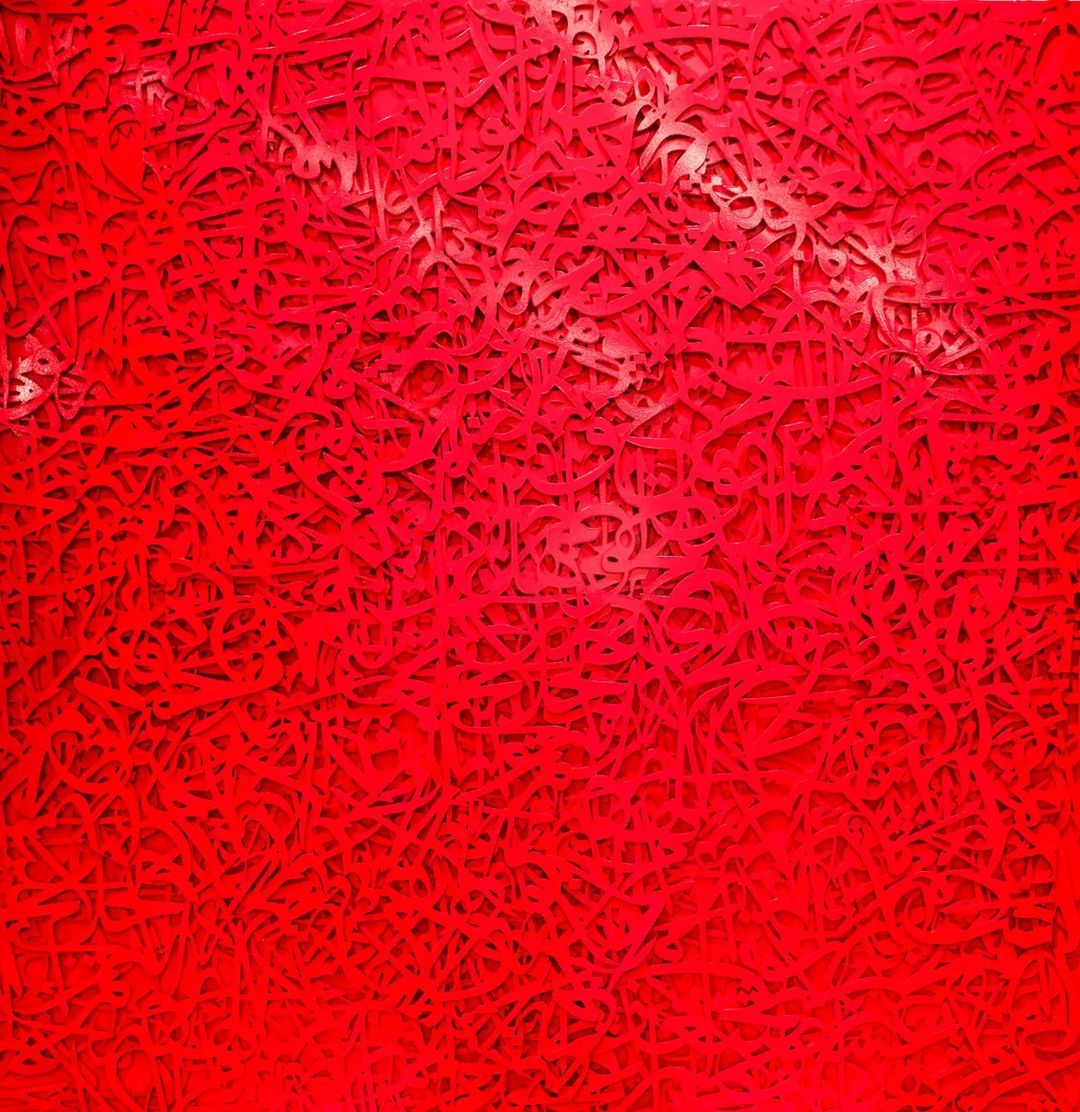Both tradition and innovation, convention and imagination, continuity and discontinuity are necessary for the journey to wholeness. View the study sheet here. Watch the recording here.

The movie Fiddler on the Roof opens with Tevye singing “Tradition,” a song about the trait that has allowed the Jewish community to survive: “Without our traditions, our life would be as shaky as…as a fiddler on the roof.” Following that opening song, Tevye proceeds to work around/subvert that communal foundation as he is confronted by marriage choices made by his daughters. Love for them drives Tevye to interpret and innovate upon erected customs in order to keep his family intact during the crisis of pogroms and displacement. The film ends with Tevye and his family on the move, leaving behind the familiar, the village of Anatevka, for the unknown.
In Parshat Pekudei, the Israelites are preparing to depart Sinai, where they have been encamped for a year. It opens with an accounting of all the materials used to build the Mishkan and its furnishings. The complexity and mass of this stabilizing ritual enterprise is substantial. An itemization of the component parts and a description of the Mishkan’s construction require some eighty-five verses. Just as the portion, and the entire book of Exodus, is about to end on a note of substance, weight and materiality, Torah confounds with an image of emptiness, destruction and immateriality.
Once erected, the Mishkan is covered by a cloud during the day and by fire at night. Only when the cloud lifts could the Israelites travel. A midrash describes the Israelites as rejoicing at the appearance of the cloud. It signified God’s presence among them and a fulfillment of their work. By contrast, they experienced the fire as a sign of destruction: “Woe to us! For nothing we have labored. All our great work is to be burnt up in a moment!” The Israelites are terror stricken that their material productivity is to be displaced by the emptiness that is nothing.
Saleh al Shukairi was born in 1977 in Muscat, Oman. He received a degree in business and information technology and later a degree in multimedia from the Middle East College of Information Technology, Muscat. Although he achieved success in the business and technology world, Saleh had also been drawn as a young child to the traditions of Arabic calligraphy. Eventually, he was able to attend the Omani Calligraphy Institute in Seeb, Oman. There he learned the centuries-old traditions of the geometry and rules for shaping each letter.
Saleh was not content to remain solely within the traditional rigors of Arabic calligraphy. He felt inspired to explore a different vision: “I started using all 28 Arabic letters in a way to prove that we can use the letters to express our feelings and to show a different view of the Arabic script.”
In many of his pieces the forms of the letters speak of freedom and an absence of borders. An unrestricted, free form implies movement and action. They appear as vital, combusting elements, more akin to pieces in performance art than static images on a canvass. He writes, “The words may seem to be caught behind bars, imprisoned, prevented from escaping, or being read and deciphered.” They yearn to move and be free, to leap off the canvass and into the lives of those who behold them.
Pictured here is his work Stages of Love. Tradition and innovation are in interplay. There is history on the canvass, and there is fire. Sufism has a concept of seven stages of love. It is part of a poetic and metaphorical roadmap to a journey in spiritual development towards a union with the Divine. The journey begins at the stage named “attraction,” where one is captivated by the beauty and qualities of another. The Sufi poet Rumi compassionately describes this elementary stage of love: “ The minute I heard my first love story, I started looking for you, not knowing how blind that was. Lovers don’t finally meet somewhere. They’re in each other all along.”
The seventh stage is called “death.” It symbolizes the death of the ego and represents the ultimate union and annihilation of the seeker’s individual identity in the divine presence. The individual experiences a transcending of the limitations of the self and a merging with the beloved. It is a stage of both liberation and union.
The midrash about the Israelites and the Mishkan covered by a cloud that becomes fire by night describes the Israelites waking up in the morning to see the Mishkan once again covered by a cloud. In the words of the midrash, “Immediately, they rejoiced with an inordinate joy and shouted ‘God loves us greatly!’”
The Mishkan serves as guide in a journey of spiritual development where both continuity, reassuring familiar presence, and discontinuity, the destabilizing fires of imagination and innovation, interplay. To see that interplay brings inordinate joy.
Join us here at 7:00 p.m. (PT) on Thursday March 14 as we explore inordinate joy.








